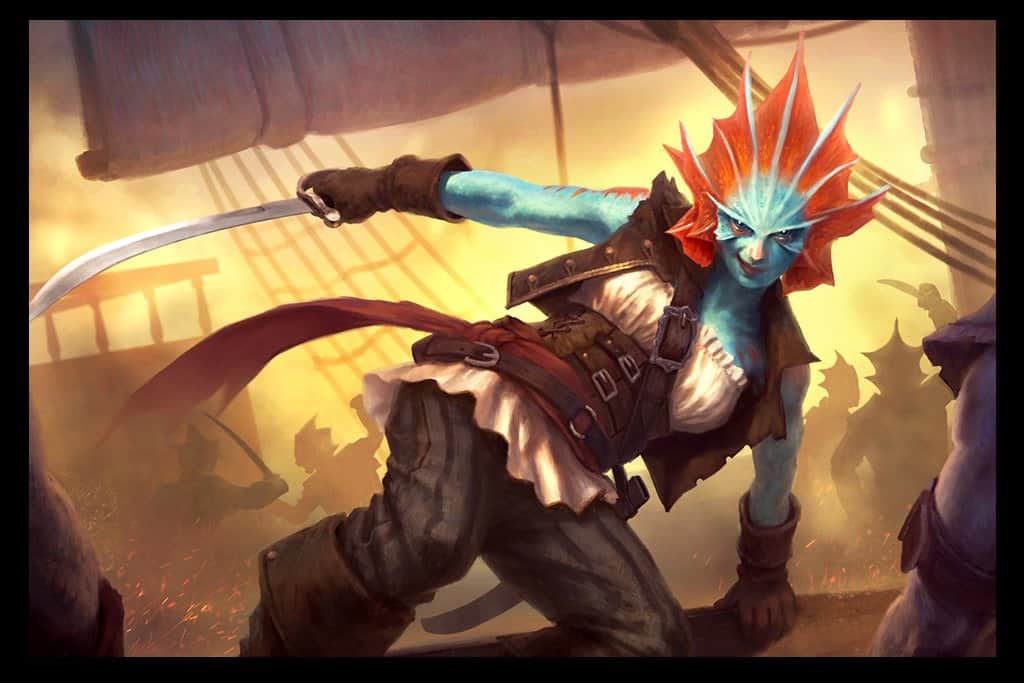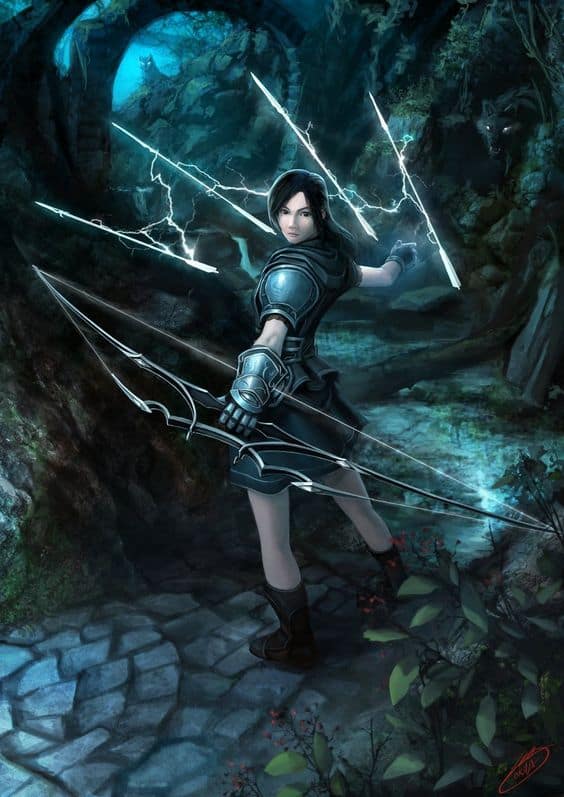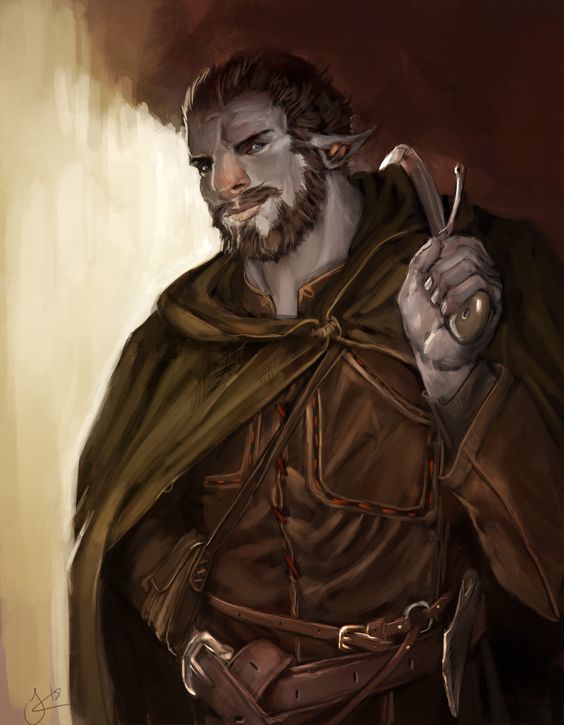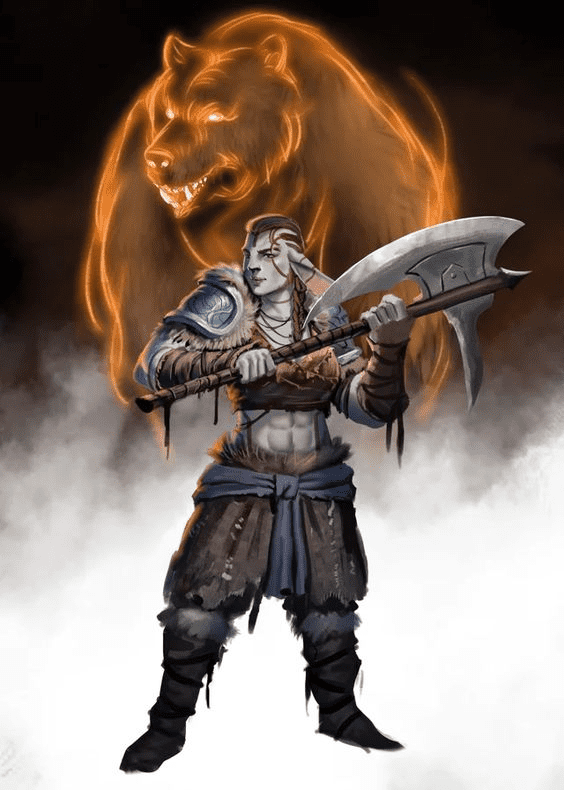D&D 5e: Swashbuckler Rogue Guide

D&D 5e: Swashbuckler Rogue Guide
Role in the Party
The Swashbuckler Rogue is an unusual rogue subclass focused on both melee combat and high mobility. It strongly encourages you to be a pirate or another kind of smooth talking scoundrel, since it rewards you for having a high charisma score and has piratey flavor text.
Despite having some okay features, the Swashbuckler can sometimes be an overrated or disappointing option; this is especially true since the release of Tasha’s Cauldron of Everything, which gave all rogues a reliable way to sneak attack nearly every round.
Epic
Good
Meh
Bad
The Swashbuckler Rogue subclass is found in both Sword Coast Adventurer’s Guide AND Xanathar’s Guide to Everything. Click here to pick up your own copy of Xanathar’s Guide to Everything OR click here to pick up a copy of Sword Coast Adventurer’s Guide!
Swashbuckler Rogue Features
Fancy Footwork
When you choose this archetype at 3rd level, you learn how to land a strike and then slip away without reprisal. During your turn, if you make a melee attack against a creature, that creature can’t make opportunity attacks against you for the rest of your turn.
A solid feature with some tactical application. This lets you use melee weapons without having to subject yourself to enemy attacks as often. It’s not foolproof, but it’s particularly useful.
The Booming Blade spell is particularly solid with this since it does extra damage if the enemy tries to follow you: normally you would have to cunning action disengage to move away from someone safely, but you can use that bonus action for something else thanks to this feature.
Rakish Audacity
Starting at 3rd level, your confidence propels you into battle. You can give yourself a bonus to your initiative rolls equal to your Charisma modifier.
You also gain an additional way to use your Sneak Attack; you don’t need advantage on the attack roll to use your Sneak Attack against a creature if you are within 5 feet of it, no other creatures are within 5 feet of you, and you don’t have disadvantage on the attack roll. All the other rules for Sneak Attack still apply to you.
The initiative bonus is both a blessing and a curse. On one hand, more initiative is nice. On the other hand, we need to increase our charisma to get the maximum benefit from this. We already want high dexterity, constitution, and wisdom scores so we can survive various nasty things, hit people, and we probably don’t want to be an idiot either. This stretches our ability scores a lot. If you rolled amazingly on your stats, you might not feel the stress, but a character using point buy or standard array will be in immense pain if they try to get more than a +1 bonus from this feature.
The second paragraph used to be a solid feature, but Steady Aim made it much less useful. You’ll get some use out of it, but not a ton.
Panache
At 9th level, your charm becomes extraordinarily beguiling. As an action, you can make a Charisma (Persuasion) check contested by a creature’s Wisdom (Insight) check. The creature must be able to hear you, and the two of you must share a language.
If you succeed on the check and the creature is hostile to you, it has disadvantage on attack rolls against targets other than you and can’t make opportunity attacks against targets other than you. This effect lasts for 1 minute, until one of your companions attacks the target or affects it with a spell, or until you and the target are more than 60 feet apart.
If you succeed on the check and the creature isn’t hostile to you, it is charmed by you for 1 minute. While charmed, it regards you as a friendly acquaintance. This effect ends immediately if you or your companions do anything harmful to it.
This is an unusual feature that doesn’t work as well as it should. You probably put your Expertise into Persuasion, and most enemies don’t have proficiency in insight, so you’ll usually succeed on these checks. However, using this against a hostile creature is a terrible idea: you’re giving up a full round of attacks to incentivize them to target you, and you’re squishy, and it ends if anyone else does almost anything to that target or if you get too far away from them, and you’re almost certainly a melee character.
The out of combat version against non-hostile creatures is much more useful since you can temporarily charm NPCs, make them regard you as a friendly acquaintance, and do things with that. It’s not even magical or anything, and they don’t realize they’ve been charmed like the Charm Person spell does: you’re just that good of a smooth talker.
Elegant Maneuver
Starting at 13th level, you can use a bonus action on your turn to gain advantage on the next Dexterity (Acrobatics) or Strength (Athletics) check you make during the same turn.
This is pretty much just advantage on two kinds of ability checks. We probably succeed on most Acrobatics checks already and probably aren’t making many Athletics checks, and the magic of our party members might let us bypass some of these checks completely.
Master Duelist
Beginning at 17th level, your mastery of the blade lets you turn failure into success in combat. If you miss with an attack roll, you can roll it again with advantage. Once you do so, you can’t use this feature again until you finish a short or long rest.
This is an incredibly modest capstone; it turns one miss into probably a hit, but not a guaranteed hit. This just barely escapes bad territory since it will do something for you during every adventuring day, even if it’s tiny.
Strengths
Your level 3 features are solid, so you’re much better than a lot of rogues at low levels. If you have great overall ability scores, either through rolling or some other reason, you can have a stellar initiative bonus as well, and you will be a better social character than most rogues.
Weaknesses
Your ability scores are severely stretched by this subclass, you’re incentivized to use melee weapons instead of safer ranged options, and your mid to high level features are fairly underwhelming. Your defense isn’t high either.
Best Race Options
If you pick Harengon, you will go before the enemies in nearly every fight. Adding your proficiency bonus, dexterity modifier, and charisma modifier to initiative might be overkill some of the time, especially at very high levels when your proficiency bonus is huge. You can also use your jumping abilities to pull off impressive swashbuckling stunts mid-combat.
The sea-based Triton will give you important abilities for a nautical campaign. A swimming speed, the ability to breathe underwater, communicating with fish, some spells, and cold resistance are all handy. If your swashbuckler will be near water often, strongly consider the Triton.
For tables that don’t use the Tasha’s ability score redistribution features, the Lightfoot Halfling has the ability scores you want (+2 dexterity, +1 charisma) and a pirate halfling just sounds cool. Lucky is also a fun ability, and being able to hide behind allies is especially useful when you can do it as a bonus action.
Choosing the Right Skills
If you want your Panache to work, you want at least proficiency in Persuasion; it may also be the best place to put your Expertise. Performance and Deception are also solid picks, and Intimidation is less useful.
Perception proficiency is excellent on any character, and it’s a solid candidate for Expertise as well. You’re a social rogue, so Insight will be helpful too.
Stealth and Sleight of Hand are useful on rogues, but they’re not mandatory if you wanted to be a less subtle form of rogue. Just remember that party members might assume you’re “the stealth guy” and rely on you for stealthy activities if they hear you’re building a rogue.
Both Athletics and Acrobatics proficiency will make sure you can swing from ropes and do other dramatic physical stunts.
Fitting Feats
You will likely be going into melee, so the Moderately Armored feat will boost you from light armor to medium armor and shields. Use a shield with a rapier and go nuts, and it’s a half feat too.
Magic Initiate (Wizard) is a fine way to get the Booming Blade and/or Green Flame Blade cantrip, which are both excellent ways to increase your damage since you only have one attack per attack action anyway. You can also take a 1st level spell, which should probably be Find Familiar for a parrot. Even if your intelligence isn’t high, you can still take the feat, and you don’t need intelligence for any of these spells.
Alert will increase your initiative even further. Combine with Harengon to go first in nearly every fight.
Optimal Backgrounds
The Smuggler background is sensible for any stealthy nautical-themed rogue. Down-Low may be useful, and the Claim to Fame feature can be wonderfully fun.
The Pirate background is more suitable for a brazen, swashbuckling criminal who likes to make their presence known. Go nuts and be an actual pirate with the history to back it up, but make sure to not infuriate the party by using your Bad Reputation feature. Or use it and suffer the consequences, that also works.
The Faceless background is the ideal excuse to pick a ridiculous pirate name and do absurd things; the background makes you into a pirate superhero rogue. You can also reference The Princess Bride and become a bootleg Dread Pirate Roberts.
Multiclassing Options
Your charisma is probably at least a 13, so you almost certainly meet the multiclass requirements for Hexblade Warlock. This solves all your defensive problems through your new armor proficiencies, lets you only have a 14 dexterity and go all in on charisma if you want, gives you some spellcasting, gives you Hexblade’s Curse, and more. No other warlock gives you as much as Hexblade. You likely want to take Hexblade at either level 1 or 2 if you want to dip it; this lets you attack with charisma as early as possible.
You probably don’t meet the strength requirements to take Paladin levels, but you definitely have the stats for Swords Bard levels. A fighting style, powerful bard spells, medium armor proficiency, and your three Blade Flourishes can increase your damage, defense, and versatility, and Bard gives you even more expertise, and Jack of All Trades, which boosts any ability check that doesn’t already include your proficiency bonus: for non-harengon, this is another initiative boost.
Battle Master Fighter is another wonderful pick; action surge is wonderful for attacking and then readying an attack to use on another creature’s turn. This lets you get two sneak attacks in a round, doubling your damage just like Action Surge doubles a normal fighter’s damage. A fighting style is always lovely, the armor proficiencies are useful, and some maneuvers might be more useful on you than a straight-classed Battle Master. A normal Battle Master who uses precision attack to turn a miss into a hit might do some decent damage, but at high levels, you can inflict vastly more damage per use of this feature since Sneak Attack piles all your damage into one hit instead of several. Ambush boosts initiative, Bait and Switch boosts armor class, and there are numerous other solid choices.
Would I recommend playing a Swashbuckler Rogue?
The Swashbuckler features have some problems, but you can make a Swashbuckler Rogue into a decently powerful character at any level with some careful decision-making. Take Booming Blade and some armor class boosting features and you’ll be set. You won’t be the most powerful possible rogue, but you can be an excellent social character and deal good damage.
I have personally seen a Swashbuckler Rogue character played once, and the way this player roleplayed was excellent: at levels 1 and 2 they were a normal edgy rogue, but then at level 3 they underwent a spontaneous pirate transformation and their personality dramatically shifted. This kind of gag isn’t appropriate for all tables, but if you think it would go over well at yours, I can safely recommend Swashbuckler.









